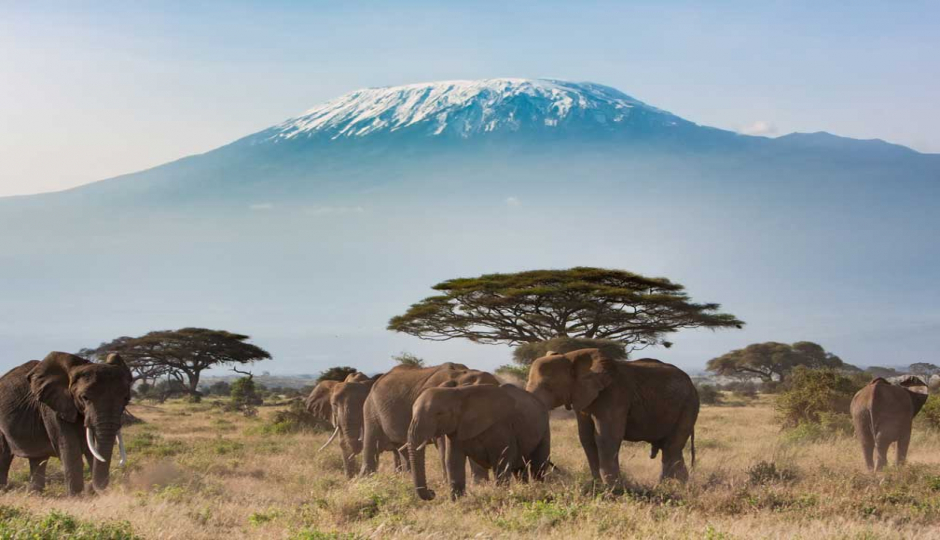







Mount Kilimanjaro, the highest free-standing mountain in the world, stands as an enticing challenge for adventurous souls seeking to conquer Africa's iconic peak. However, timing plays a crucial role in determining the success and enjoyment of your Kilimanjaro climb. In this blog post, we will explore the factors that influence the best time to embark on this epic journey to the Roof of Africa.
1. The Dry Season: June to October
Pros:
The dry season, from June to October, is the most popular time for Kilimanjaro treks. The weather is generally stable, with clear skies and lower chances of rainfall, offering excellent visibility and breathtaking views.
The colder temperatures during this period can be advantageous for a successful summit bid. With less precipitation, the trails are less muddy and slippery, making the ascent more manageable.
Cons:
As the most favored time to climb, the routes can be busier, especially during July and August. Popular routes like the Machame and Marangu routes may have more trekkers.
Accommodation and campsites may be fully booked in advance, so it's essential to plan and book early.
2. The Shoulder Seasons: March to May and November
Pros:
The shoulder seasons, March to May, and November offer a unique and quieter experience on the mountain. With fewer climbers, you can enjoy a more intimate trek in pristine surroundings.
The landscapes bloom with vibrant flora during the rainy season, creating picturesque views and a rich array of colors.
Cons:
The rainy season, particularly April and May, brings more challenging weather conditions. Frequent showers and cloudy skies can hinder visibility, and trails may become muddy and slippery, making the climb more demanding.
The likelihood of encountering rain and snow at higher altitudes increases, affecting the overall climbing experience.
3. The Best Time: September to October
The best time to climb Kilimanjaro is during the short dry season from late September to early October. This period combines the advantages of the dry season with the advantages of the shoulder season:
Pros:
The weather is generally dry, stable, and relatively clear, offering optimal visibility and enjoyable trekking conditions.
The number of climbers is lower compared to the peak season, providing a quieter and more intimate experience on the mountain.
The landscapes are lush and blooming from the tail-end of the rainy season, creating stunning views along the way.
Cons:
As with any mountain trek, weather conditions are subject to change, and climbers must still be prepared for possible sudden changes in weather.
Choosing the best time to climb Kilimanjaro depends on personal preferences, tolerance for varying weather conditions, and the desire for a quieter or more social trekking experience. The dry season from June to October and the shoulder seasons from March to May and November each offer unique advantages and challenges. For those seeking an ideal balance of pleasant weather, clear skies, and fewer crowds, late September to early October presents the optimal window to reach the Roof of Africa. Proper preparation, appropriate gear, and an experienced guide are key to ensuring a safe and unforgettable journey as you conquer the majestic heights of Mount Kilimanjaro.






Experience the Magic of a Shared Safari in Tanzania
To book your adventure, simply send us an email detailing your desired experience—whether it's climbing Mount Kilimanjaro, going on a Tanzania safari, or enjoying the Zanzibar beach.
We'll promptly respond with all the information you need to finalize your plans. Plus, we offer the convenience of online payment to make the process even smoother.
View Packages